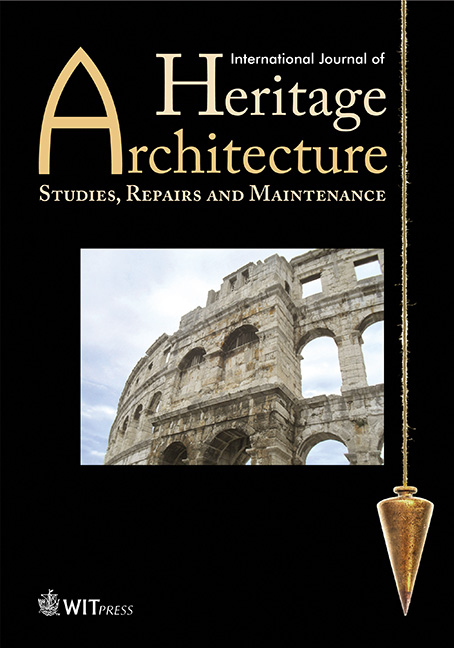NON-DESTRUCTIVE TESTING OF THE HISTORIC TIMBER ROOF STRUCTURES OF THE NATIONAL MUSEUM IN STOCKHOLM, SWEDEN
Price
Free (open access)
Volume
Volume 2 (2018), Issue 2
Pages
11
Page Range
218 - 229
Paper DOI
10.2495/HA-V2-N2-218-229
Copyright
WIT Press
Author(s)
KARIN ERICSSON, EWA KARAWAJCZYK, ROBERT KLIGER, THOMAS LECHNER, ELZBIETA LUKASZEWSKA, WITOLD MISZTAL, TOMASZ NOWAK
Abstract
The National Museum in Stockholm is Sweden’s leading museum of art and design. Behind the now closed doors of the National Museum and its construction coverings a renovation project is taking place, which began in 2014 and will be completed in 2018. The renovation project will create a modern museum, a brighter atmosphere for the arts and for its visitors. Part of the renovation project was to de- sign and upgrade the timber roof structure for new loads according to Eurocode 5. As the roof structure was originally built in 1860, it was important to evaluate the condition and mechanical properties of the original load-bearing timber members. The roof structure, which is of main interest, comprises roof trusses and lantern structures.
The main aim of the project regarding the timber roof structure in the National Museum was a safety verification in both the ultimate state (ULS) and the serviceability limit state (SLS). The preliminary capacity calculations for the roof structure showed that the roof members were under the new load conditions (with increased loads due to security and environmental requirements) utilized above 100%. Therefore, an investigation into the properties of the old timber members and connections was of vital importance. The need for non-destructive testing (NDT) of structural timber is well known under the name of strength grading and the concept has been used for many years to classify timber with respect to mechanical performance. The stress wave technique used in the project was based on commercial instruments such as FAKOPP®. The timber quality investigation for the attic roof structures showed that the material was generally in very good condition. As a result, according to SS-EN 338-2009, the timber strength could be assigned strength class C27–C30. Based on the results of the investigation, further design of strengthening works and refurbishment of the roof structure were being undertaken.
Keywords
assessment timber structures, non-destructive test timber structures, renovation timber structures




